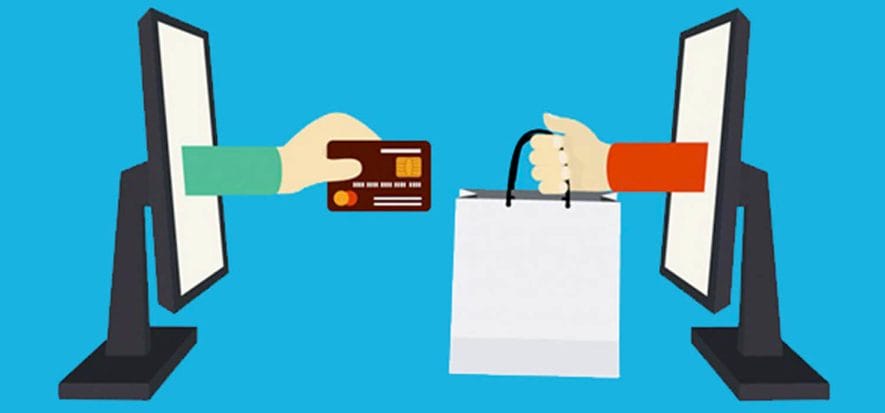You weren’t able to buy online the limited-edition sneakers that you wanted so much? Blame the bots, the automated software that manage online purchases.
How does a bot work?
The sneaker enthusiast (or the “investor”) manages to buy the desired product thanks to a software that makes the purchasing process automatic. The program memorizes the shoes’ number, preferences and payment methods, allowing the buyer to conclude the transaction in the precise instant in which they are put up for sale online. No line and no tense wait staring at the screen. This online strategy, while valid, makes it extremely challenging, if not impossible, for an honest, benevolent and willing customer, to purchase the product.
The anti-bot
At the Bonkers store in Frankfurt, the bot system wasn’t much liked from the start because it limited the store’s capacity to expand its customer base. And thus, they decided to wage war on the system. The first step was to disallow online shoe sales, forcing buyers to utilize a cellphone, where they can buy the shoes with a simple text or voice command. The first remedy didn’t discourage bot users, and so the Frankfurt-based store took further steps. In order to win a pair of shoes (we mean the priority list), the store decided to put up a trap, recognizable by humans, but not by a bot. Bonkers started selling online, other than the actual shoes, digital images of the shoes in question. The bot cannot read the technical coding, but rather takes the action that it was designed to take and also purchases the fake digital-shoes. Humans that were counting on the bot to perform the purchase on their behalf not only didn’t receive the product, but also lost their money: they aren’t in fact, allowed to ask for a reimbursement as it is not legal to use the system for this type of actions.










